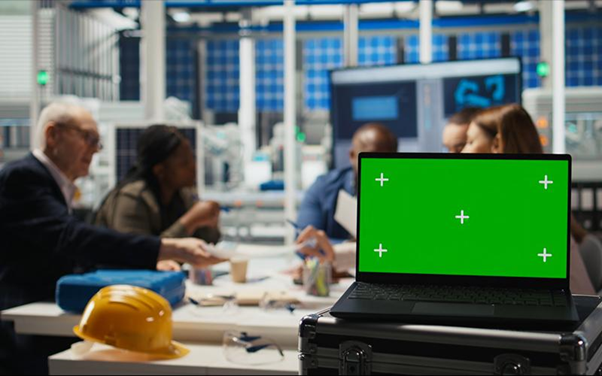Modern workplaces, schools, and event venues depend on clear communication and seamless collaboration. The best audio visual companies bridge design, technology, and human comfort so that every meeting, class, or performance works as intended. They combine structured cabling, precise tuning, and support that scales with user needs. Whether you are fitting a boardroom or upgrading a hall, these six factors define the difference between basic gear and well-engineered audio visual solutions that stay reliable and future-ready.
1. Start with Human-Centred Design
Effective systems begin with how people actually use space. Professional audio visual companies interview stakeholders, observe workflows, and document needs before naming brands or models. They assess how users join meetings, present, and share content, then translate those habits into layouts that minimise confusion. By prioritising ergonomics and clear sightlines, the integrator ensures that the system feels intuitive rather than intimidating, a hallmark of quality audio visual solutions.
2. Integrate Systems for Simplicity
Multiple devices need to operate as one. Integration connects projectors, screens, microphones, lighting, and control interfaces into a single, seamless network. Leading audio visual companies rely on programmable processors that reduce the number of buttons and handoffs between users. Integration also means aligning with IT policies so bandwidth, security, and support channels are coordinated. A seamless operation is the aim, not more technology, but technology that blends in with everyday life.
3. Prioritise Clarity and Acoustic Quality
Even the best visuals fail when audio clarity drops. Engineers tune microphones for speech intelligibility, set speaker coverage to avoid dead zones, and apply acoustic treatment to manage echo. Professional audio visual solutions use digital signal processing (DSP) to equalise tone and control feedback. This harmony guarantees that voices remain natural, music sounds rich, and all listeners, whether in person or virtually, experience constant quality free from stress or interruption.
4. Build Scalable, Serviceable Infrastructure
Good design prepares for change. Experienced audio visual companies document every connection, label ports, and specify modular racks so upgrades or repairs stay straightforward. Scalable systems support additional screens, hybrid meeting kits, or new formats without full replacement. Serviceability also saves cost: when equipment is accessible and well-labelled, technicians can diagnose and fix issues fast. These planning habits form the invisible backbone of reliable audio visual solutions.
5. Train Teams and Offer Continuous Support
A system is only as good as the people running it. Integrators that provide thorough onboarding and clear manuals empower staff to handle daily operations confidently. Ongoing service agreements cover firmware updates, performance checks, and remote troubleshooting. With training and maintenance included, audio visual companies prevent downtime and extend lifespan. Routine care ensures every presentation begins on time and every room remains functional when leadership visits.
6. Embrace Sustainability and Energy Efficiency
Energy use and material waste are now key considerations in technology design. Forward-looking audio visual companies specify low-power displays, motion sensors, and scheduling software that powers down unused equipment. They recycle packaging responsibly and choose components with longer service intervals. These sustainable audio visual solutions not only protect the environment but also reduce long-term utility costs, supporting a greener corporate footprint without compromising performance.
Conclusion
Well-designed audio visual solutions blend hardware, software, and service into a system that feels invisible when it works right. From user-focused design and acoustic precision to scalability, training, and sustainability, experienced audio visual companies deliver value that lasts beyond installation day. The best integrators think like architects and educators at once, shaping environments where communication feels effortless and every message lands clearly.
Contact Media Architects to plan, integrate, and maintain professional audio visual systems that bring clarity, control, and confidence to every room you use. Their team ensures each installation meets technical precision, long-term reliability, and the evolving needs of modern collaborative spaces.





